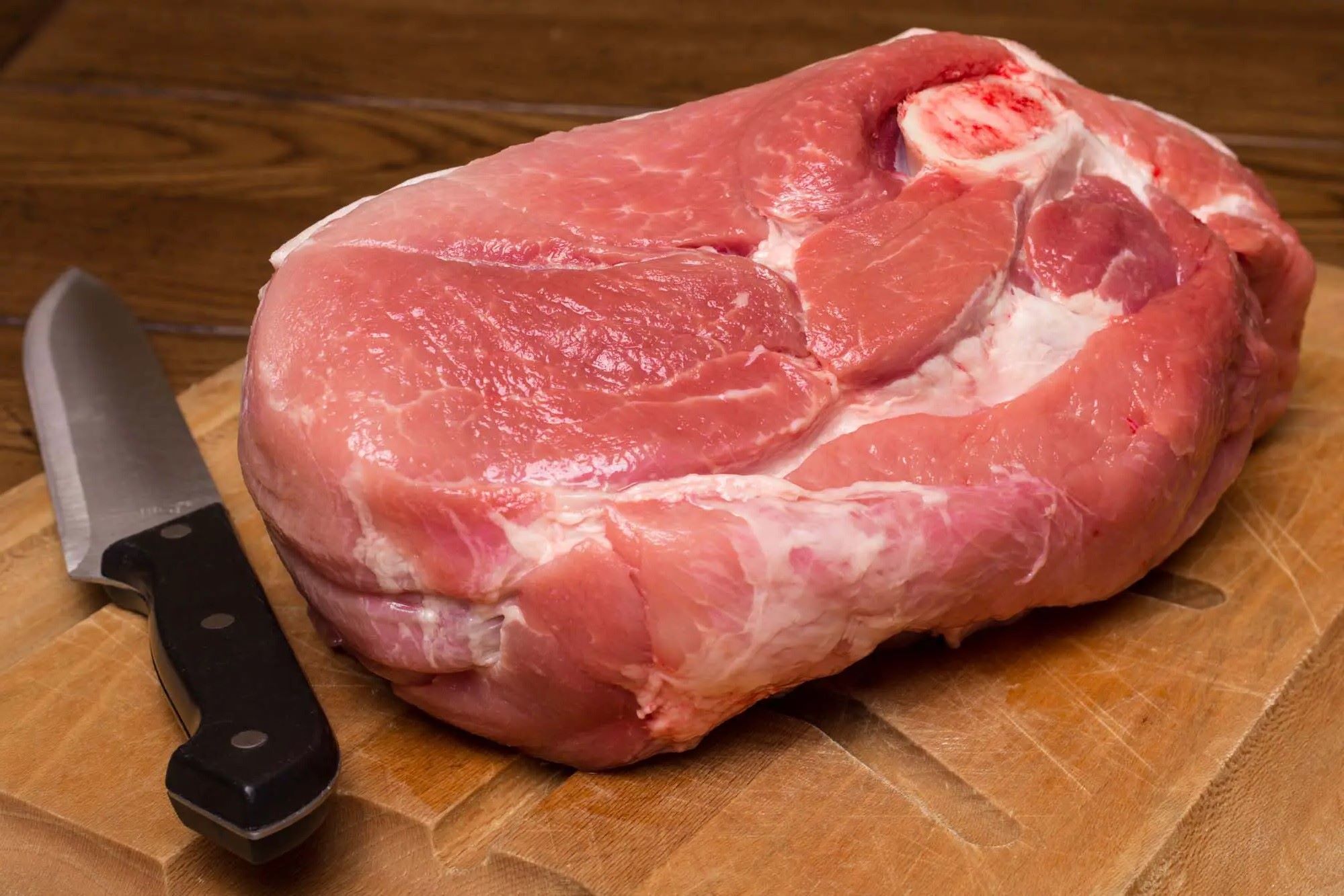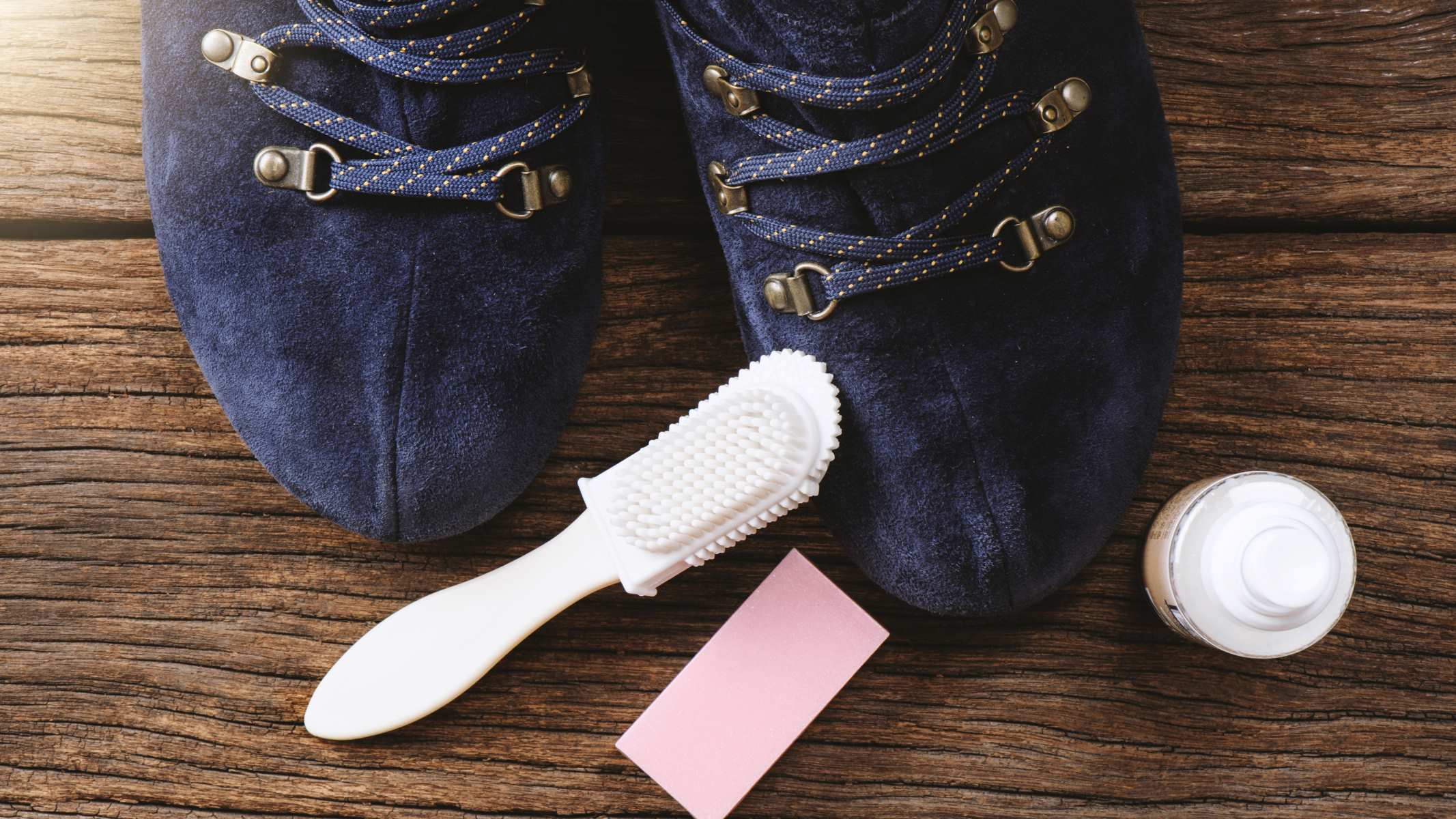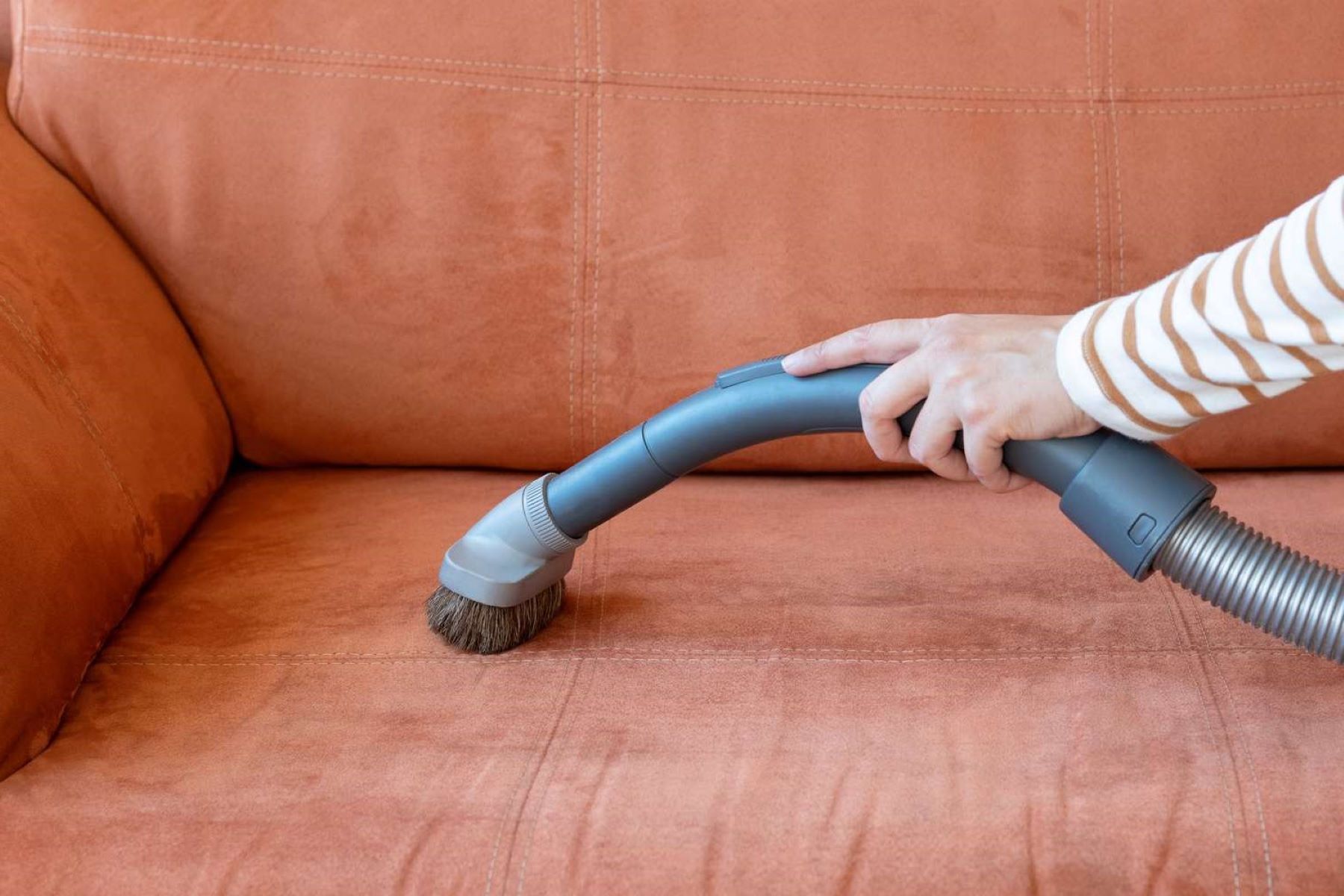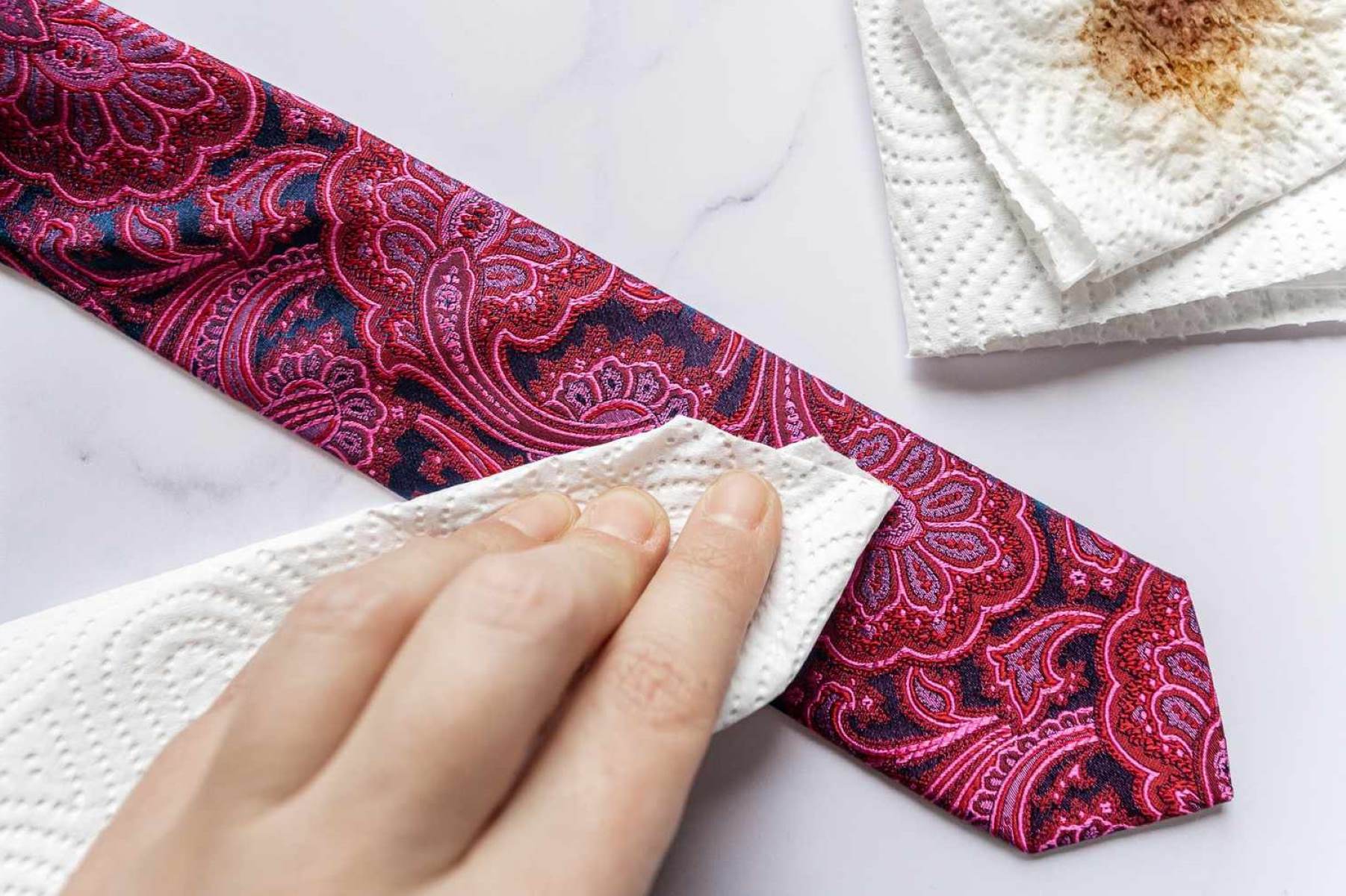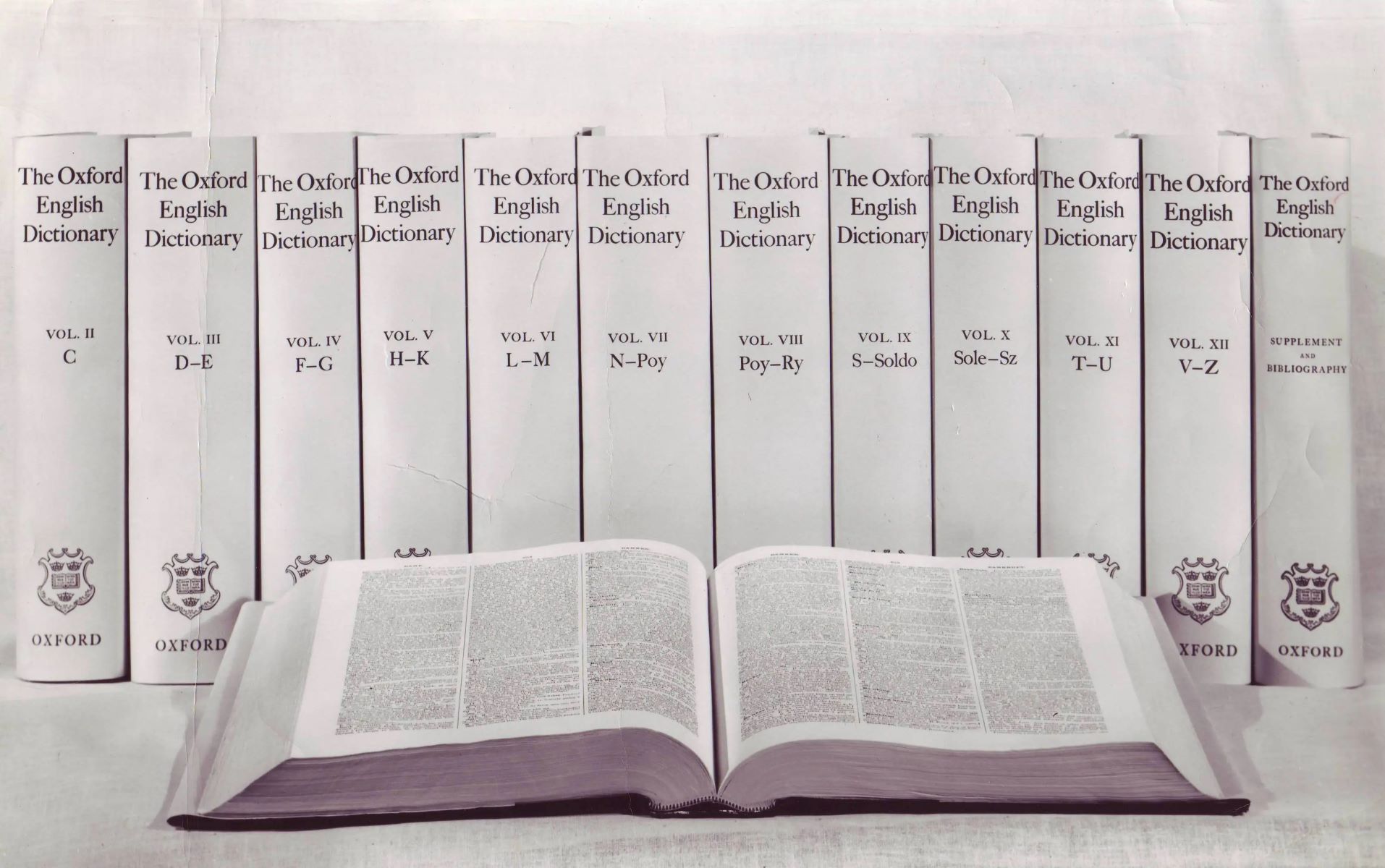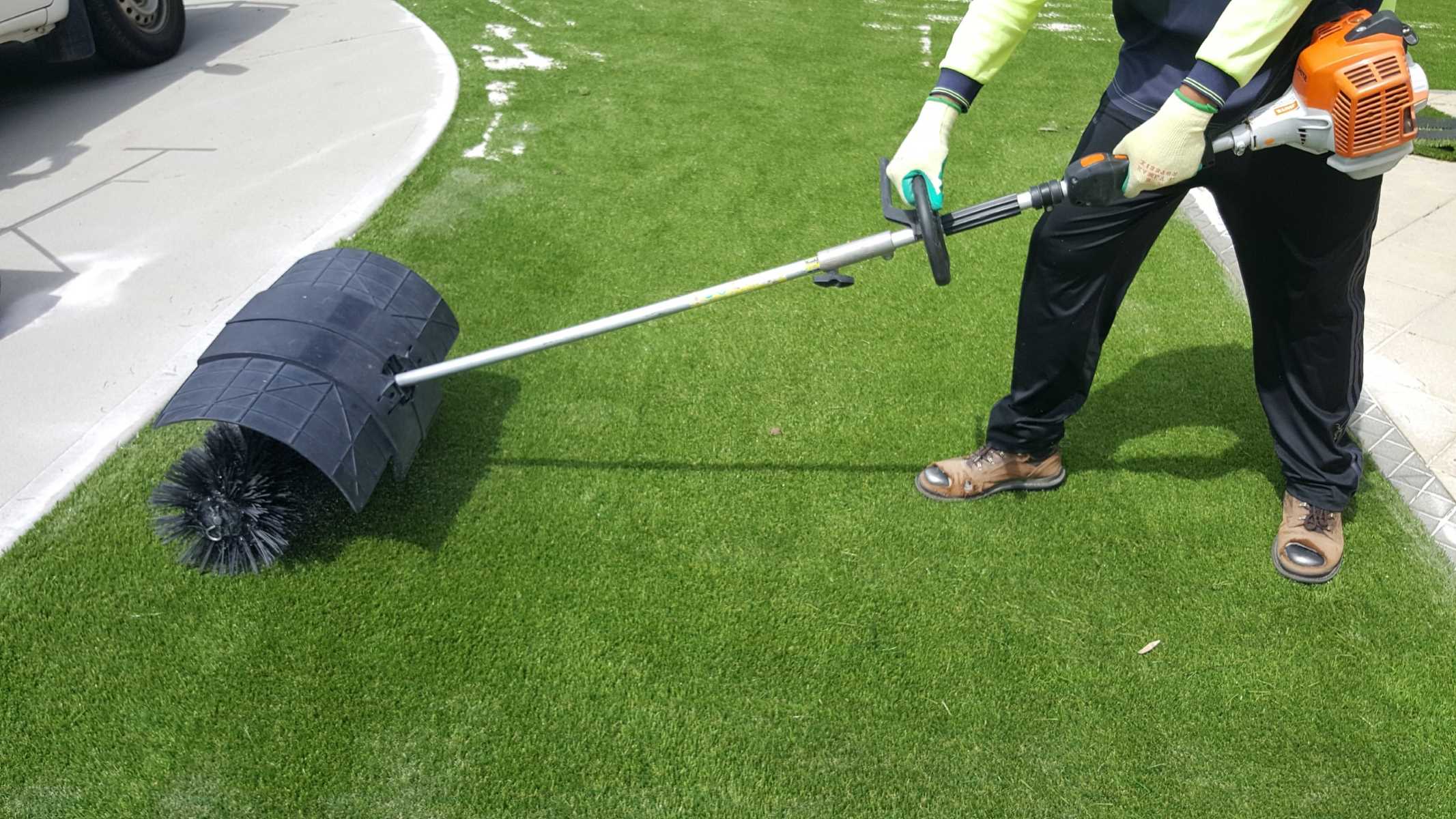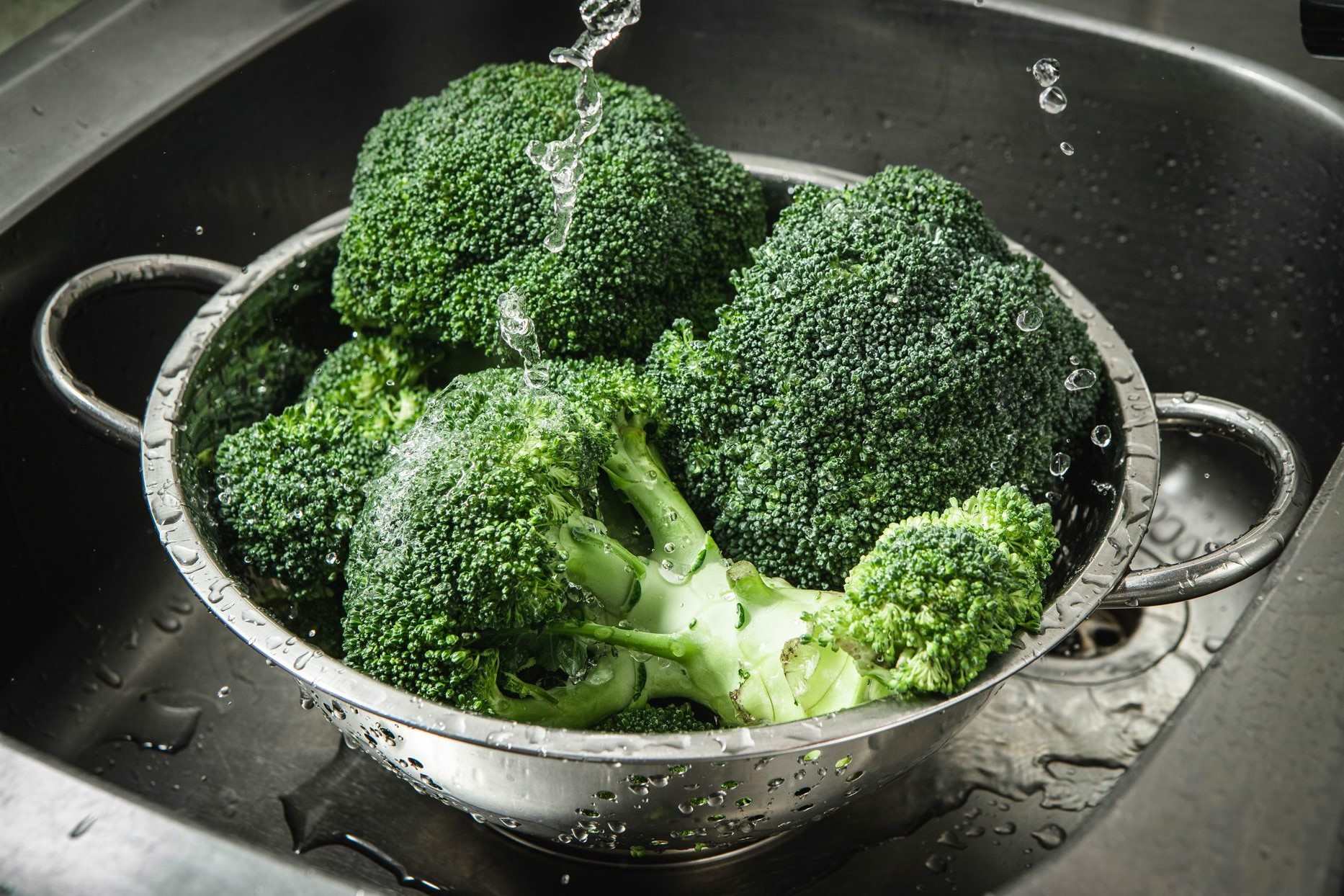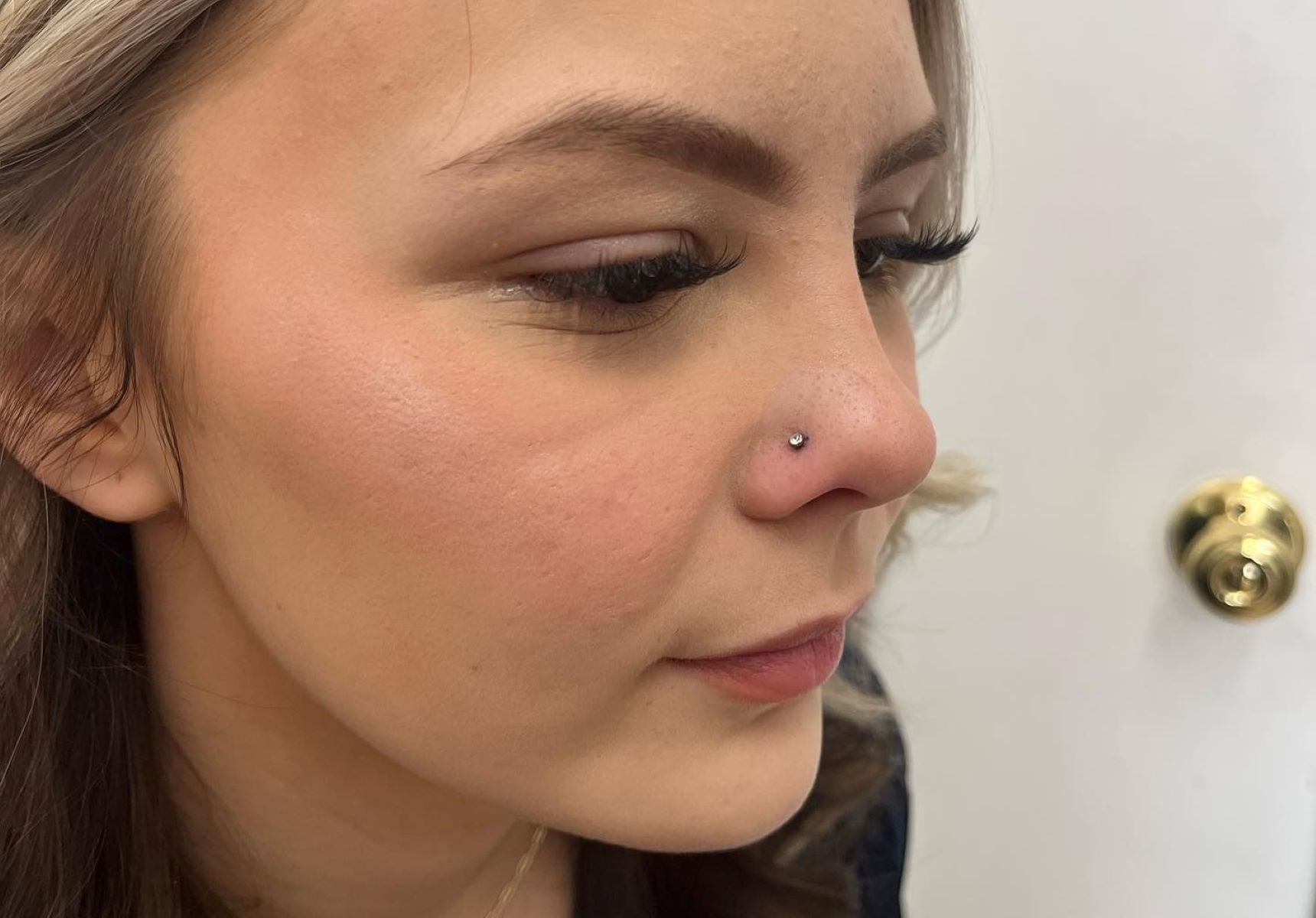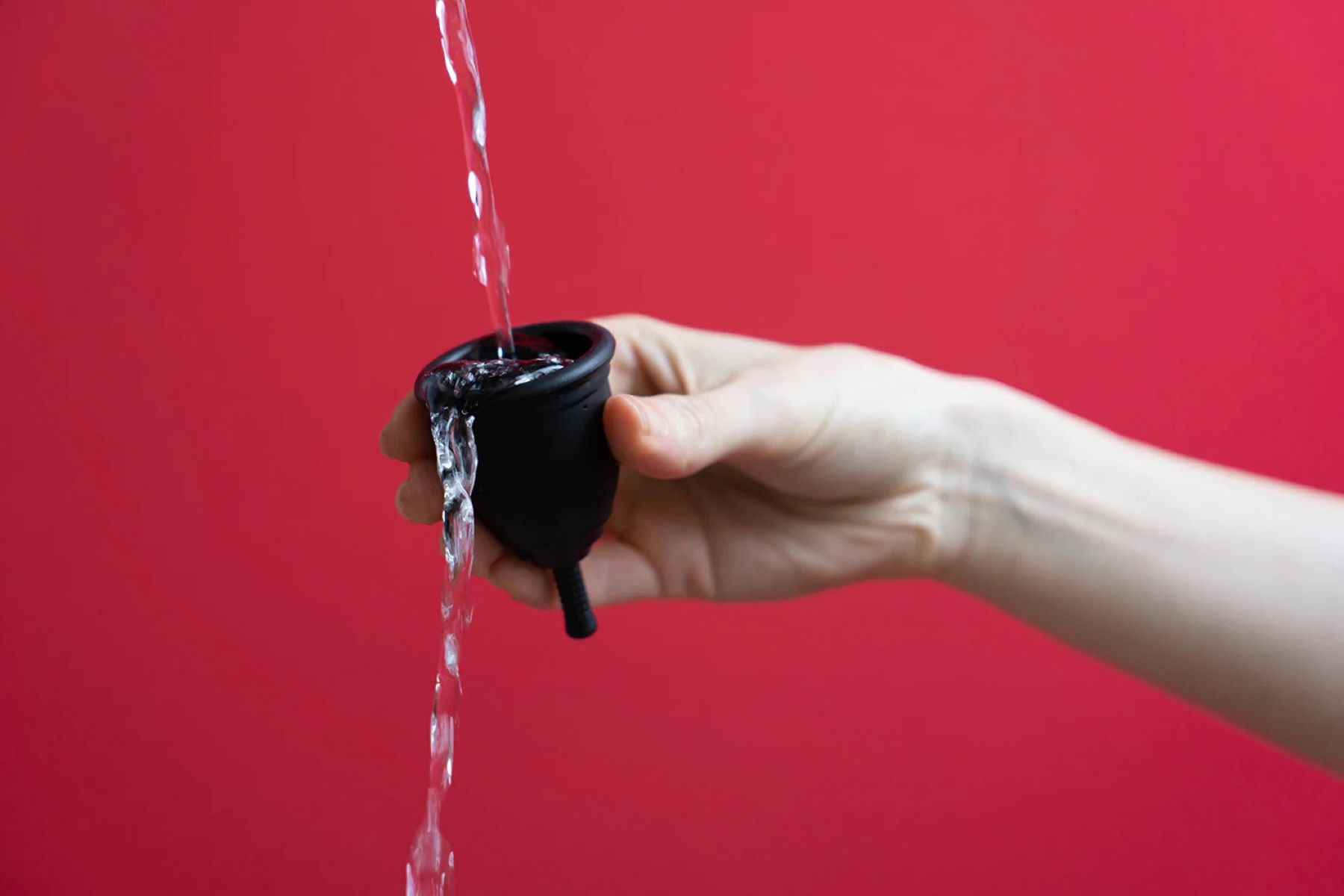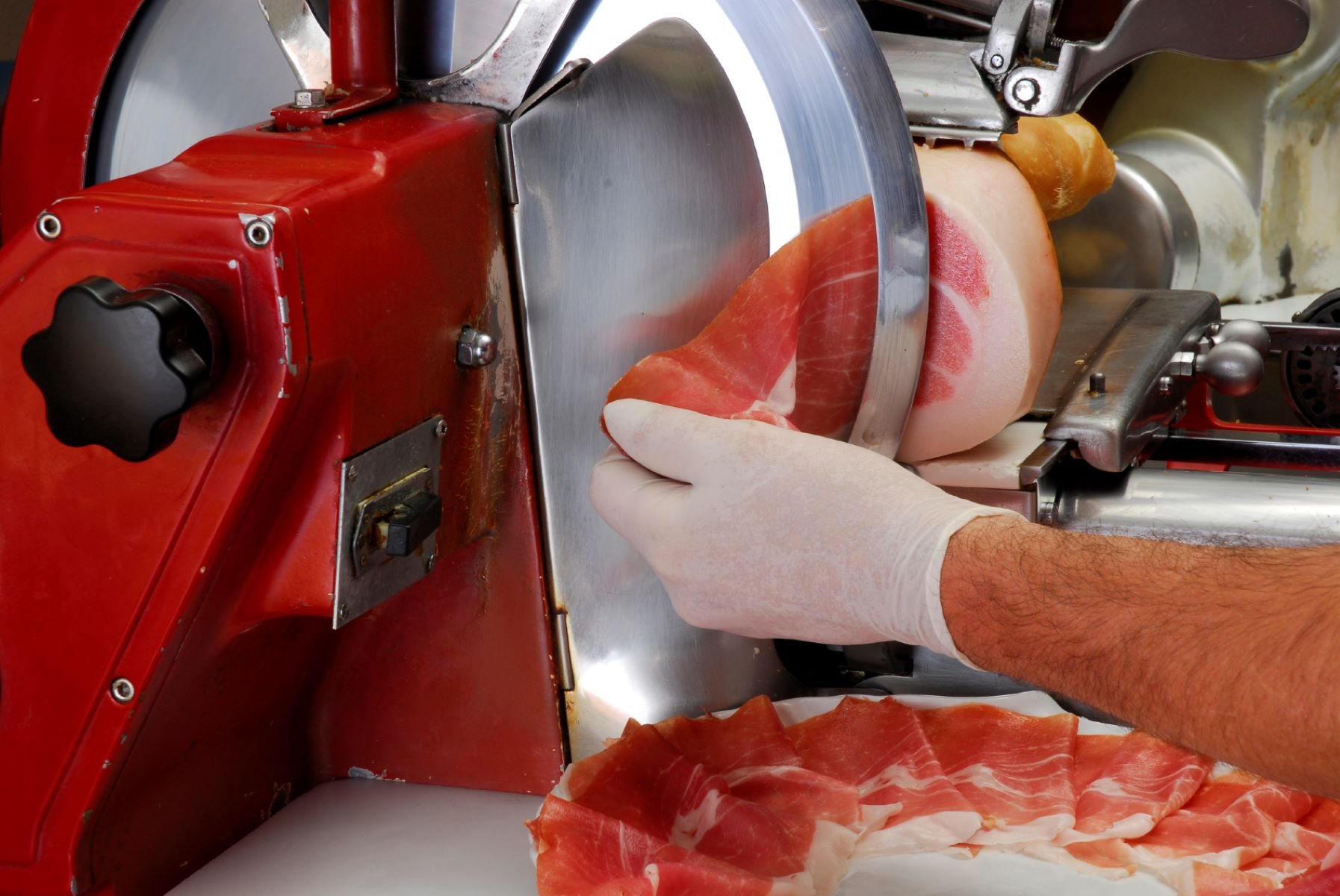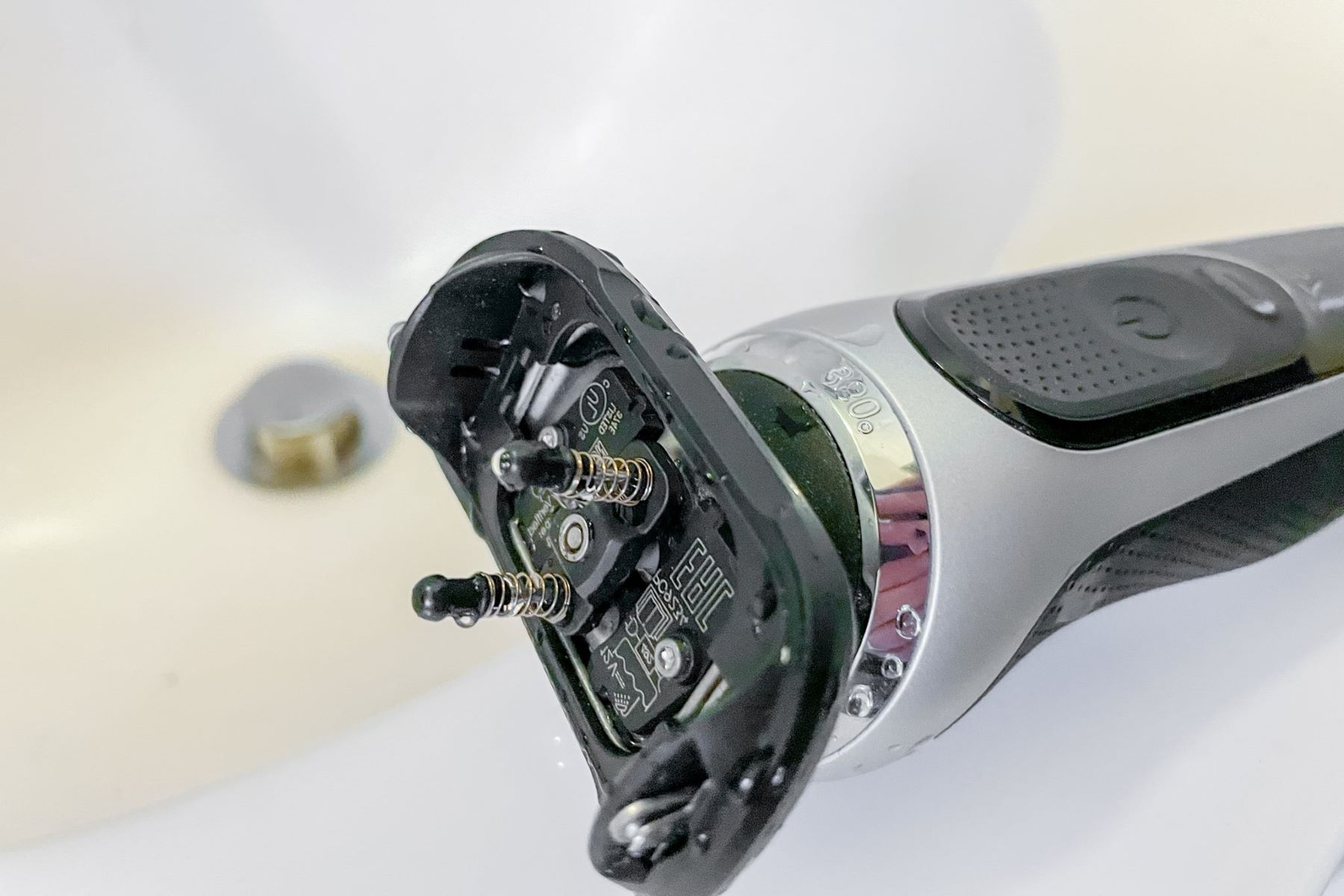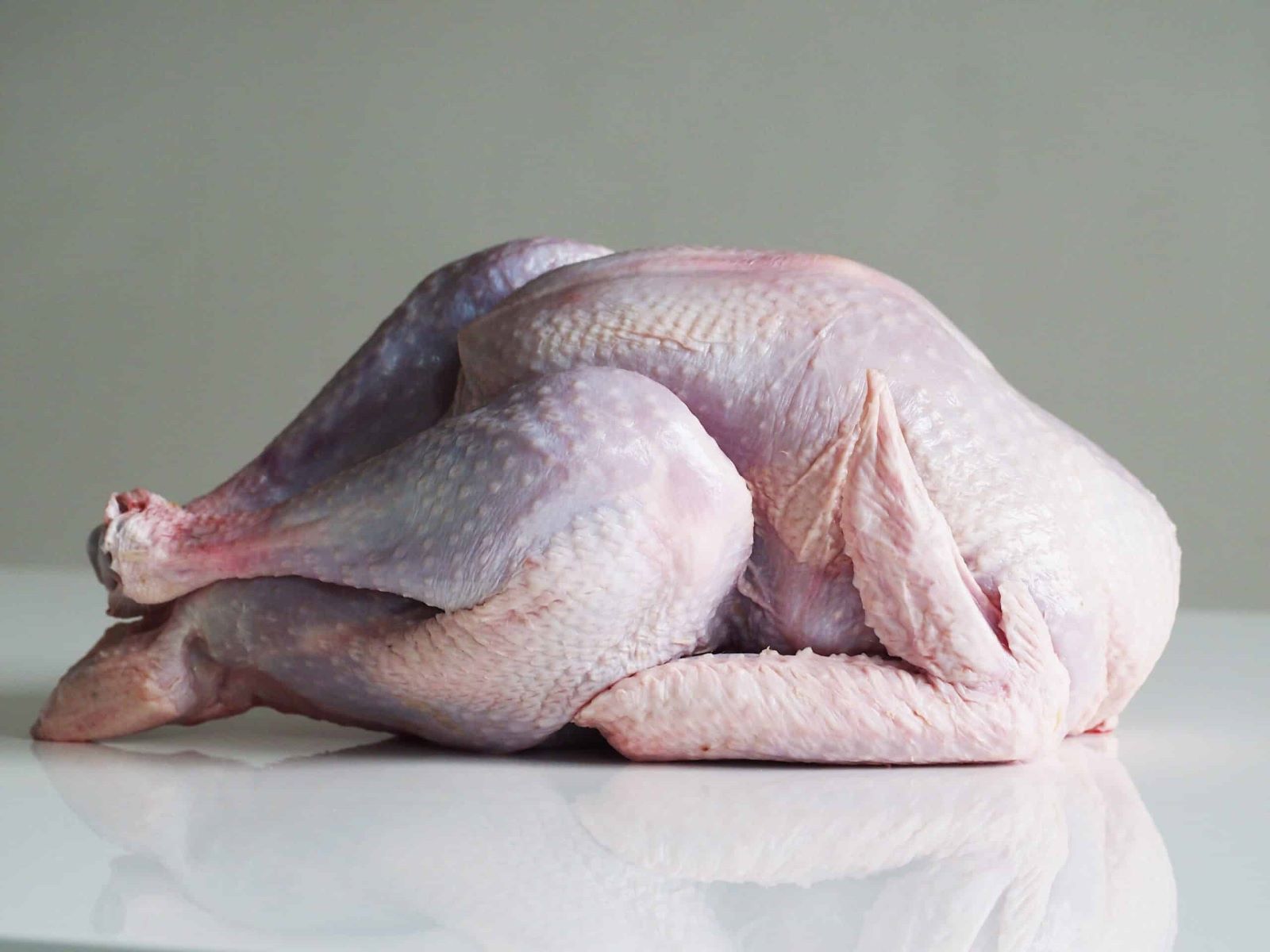Home>Health and Wellness>How To Properly Clean And Care For Your Tongue
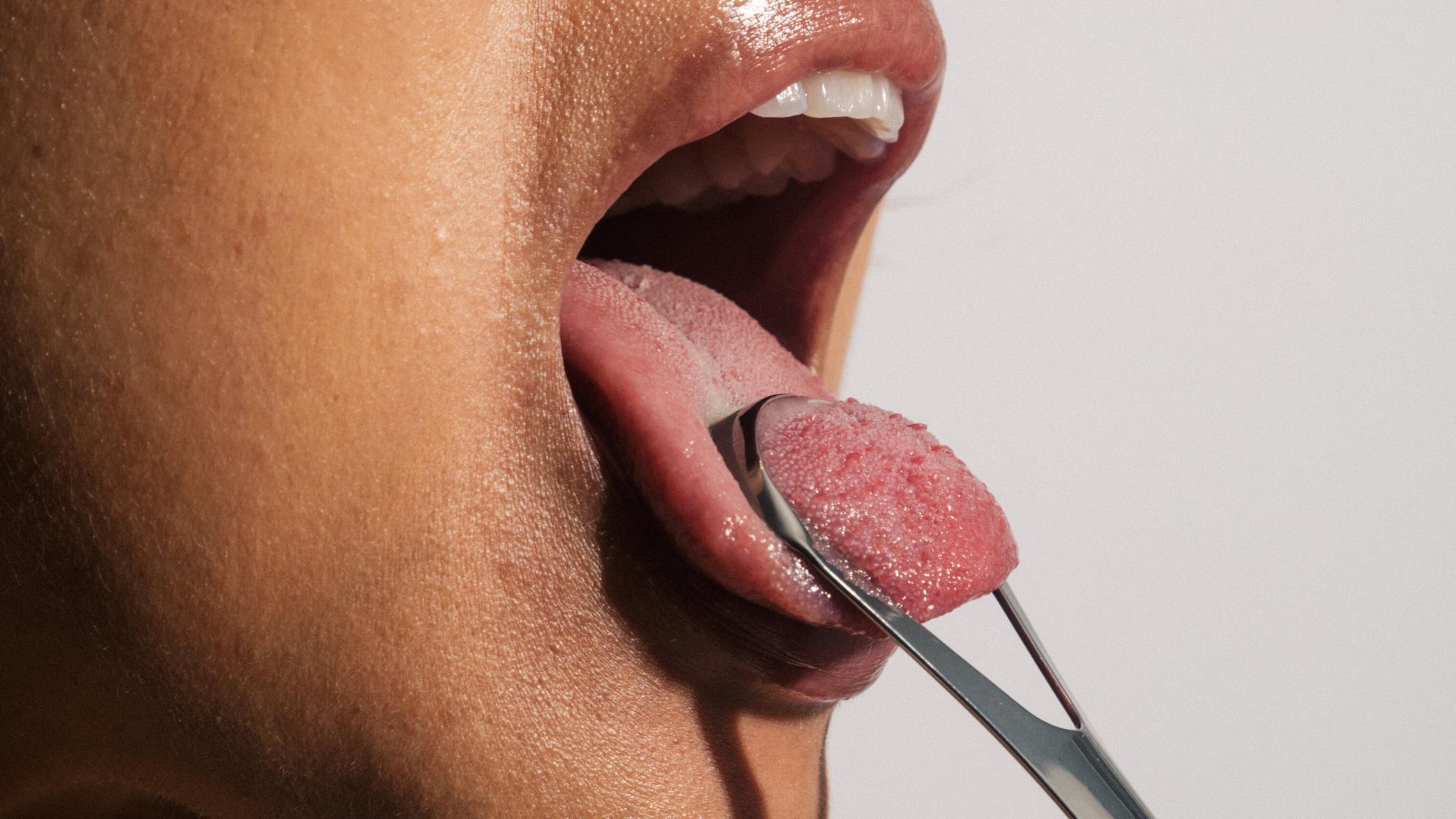

Health and Wellness
How To Properly Clean And Care For Your Tongue
Published: February 26, 2024
Learn the best techniques for cleaning and maintaining a healthy tongue to improve your overall health and wellness. Discover the importance of proper tongue care.
(Many of the links in this article redirect to a specific reviewed product. Your purchase of these products through affiliate links helps to generate commission for Regretless.com, at no extra cost. Learn more)
Table of Contents
Introduction
Taking care of your oral health goes beyond just brushing and flossing your teeth. It also involves cleaning your tongue, an often overlooked aspect of oral hygiene. Your tongue plays a crucial role in various functions, including speaking, chewing, and swallowing. However, it can also harbor bacteria, food particles, and dead cells, leading to bad breath, discoloration, and potential health issues if not properly cleaned.
In this comprehensive guide, we will delve into the importance of cleaning your tongue, the tools you can use for this purpose, a step-by-step guide to effectively clean your tongue, and tips for maintaining a clean and healthy tongue. By incorporating these practices into your daily oral care routine, you can promote not only fresher breath but also overall oral health.
Let's embark on a journey to discover the significance of tongue cleaning and how it can contribute to a healthier and more vibrant smile.
Why Cleaning Your Tongue is Important
Cleaning your tongue is a crucial aspect of maintaining good oral hygiene. The surface of the tongue is not smooth; it is covered with tiny bumps called papillae, which can trap bacteria, food particles, and dead cells. If left uncleaned, these substances can lead to bad breath (halitosis), a white or discolored coating on the tongue, and potential oral health issues.
Here are some key reasons why cleaning your tongue should be an integral part of your daily oral care routine:
-
Preventing Bad Breath: The accumulation of bacteria and food debris on the tongue's surface can contribute to unpleasant breath odor. By regularly cleaning your tongue, you can reduce the presence of these odor-causing substances, leading to fresher breath.
-
Improving Taste Sensation: A clean tongue allows for better taste perception. When the taste buds are not obstructed by a layer of debris, you can fully savor the flavors of your food and beverages.
-
Reducing Bacteria Buildup: The tongue can harbor a significant amount of bacteria, which, if not removed, can contribute to oral health issues such as tooth decay and gum disease. Regular tongue cleaning helps minimize the accumulation of harmful bacteria.
-
Enhancing Overall Oral Health: The bacteria present on an uncleaned tongue can potentially lead to oral health problems beyond bad breath, including plaque formation, cavities, and gum inflammation. By cleaning your tongue, you can contribute to a healthier oral environment.
-
Aesthetic Benefits: A clean tongue not only contributes to oral health but also enhances the overall appearance of your mouth. It can help prevent the development of a coated or discolored tongue, promoting a more aesthetically pleasing smile.
In essence, incorporating tongue cleaning into your daily oral care routine can significantly contribute to fresher breath, improved taste sensation, reduced bacteria buildup, enhanced oral health, and a more appealing smile. It is a simple yet impactful practice that can make a notable difference in your overall oral hygiene.
Tools for Cleaning Your Tongue
When it comes to effectively cleaning your tongue, having the right tools can make a significant difference in the thoroughness of the process. There are several options available for cleaning your tongue, each offering unique benefits. Here are some of the most commonly used tools for cleaning your tongue:
-
Tongue Scraper: A tongue scraper, also known as a tongue cleaner, is a simple yet highly effective tool specifically designed for removing buildup from the surface of the tongue. It typically consists of a narrow, rounded metal or plastic strip with a handle for easy gripping. To use a tongue scraper, gently glide the rounded edge over the surface of your tongue from the back to the front, effectively lifting and removing accumulated debris. Tongue scrapers are available in various materials, including stainless steel, copper, and plastic, catering to individual preferences.
-
Tongue Brush: Similar to a toothbrush but with a specialized design for tongue cleaning, a tongue brush features a textured surface specifically crafted to dislodge and remove bacteria, food particles, and dead cells from the tongue's surface. Some tongue brushes have a built-in scraper on the reverse side, providing a comprehensive cleaning experience. When using a tongue brush, it is important to cover the entire surface of the tongue, including the sides and back, to ensure thorough cleaning.
-
Toothbrush: While primarily designed for brushing teeth, a toothbrush can also be used to clean the tongue. Many toothbrushes feature a textured surface on the back of the brush head, specifically intended for tongue cleaning. When using a toothbrush for tongue cleaning, it is essential to use gentle, circular motions to effectively remove debris and bacteria from the tongue's surface.
-
Natural Remedies: Some individuals opt for natural remedies such as using a clean, dampened washcloth or gauze to gently wipe the surface of the tongue. This method can be effective in removing debris and is particularly suitable for individuals who prefer non-metal or non-plastic options for tongue cleaning.
-
Oral Rinses: Mouthwashes and oral rinses containing antibacterial properties can also contribute to tongue cleaning by reducing bacteria and freshening breath. However, it is important to note that oral rinses should complement, not replace, physical cleaning methods such as tongue scraping or brushing.
Selecting the right tool for cleaning your tongue is a matter of personal preference and effectiveness. It is essential to choose a tool that allows for thorough cleaning while being comfortable and easy to use. By incorporating an appropriate tongue cleaning tool into your daily oral care routine, you can effectively remove buildup from the tongue's surface, contributing to improved oral hygiene and fresher breath.
Step-by-Step Guide to Cleaning Your Tongue
Cleaning your tongue is a simple yet essential practice that can significantly contribute to your overall oral hygiene. By following a step-by-step approach, you can effectively remove bacteria, food debris, and dead cells from the surface of your tongue, promoting fresher breath and a healthier oral environment. Here's a comprehensive guide to cleaning your tongue:
-
Prepare Your Tools: Before beginning the cleaning process, ensure that you have selected a suitable tongue cleaning tool, such as a tongue scraper, tongue brush, or toothbrush with a textured surface. Additionally, have a glass of water ready for rinsing between each step.
-
Rinse Your Mouth: Start by thoroughly rinsing your mouth with water to remove any loose debris and to prepare the tongue for cleaning. Swish the water around your mouth for a few seconds before spitting it out.
-
Position the Tongue Cleaner: If you are using a tongue scraper or brush, hold the tool comfortably in your dominant hand, ensuring a firm grip. Position the tool at the back of your tongue, ready to initiate the cleaning process.
-
Gently Scrape or Brush: With a gentle yet firm pressure, begin scraping or brushing the surface of your tongue from the back towards the front. Use smooth, overlapping strokes to cover the entire surface, including the sides and the center of the tongue. Be mindful not to apply excessive pressure to avoid discomfort.
-
Rinse the Tool: After each pass over the tongue, briefly rinse the tongue cleaner under running water to remove the accumulated debris. This step ensures that the tool remains clean and effective throughout the process.
-
Repeat as Needed: Continue scraping or brushing your tongue in a systematic manner, ensuring that you cover the entire surface multiple times to achieve thorough cleaning. Pay attention to any areas that may have a more significant buildup of debris.
-
Rinse Your Mouth Again: Once you have completed the cleaning process, rinse your mouth with water to remove any remaining debris and to refresh your oral cavity.
-
Clean Your Tongue Cleaner: After use, thoroughly clean and dry your tongue scraper, brush, or toothbrush to maintain its hygiene and effectiveness for future use.
By following this step-by-step guide, you can incorporate tongue cleaning into your daily oral care routine with ease and effectiveness. Regularly cleaning your tongue using the appropriate tools and techniques can contribute to fresher breath, improved taste sensation, and enhanced overall oral health.
Remember, consistency is key when it comes to maintaining a clean and healthy tongue. By making tongue cleaning a regular practice, you can enjoy the benefits of a refreshed oral environment and a brighter, more confident smile.
Tips for Maintaining a Clean and Healthy Tongue
Maintaining a clean and healthy tongue goes beyond the act of cleaning it; it involves incorporating habits and practices that support long-term oral hygiene. Here are some valuable tips to help you maintain a clean and healthy tongue:
-
Consistent Tongue Cleaning: Make tongue cleaning a regular part of your oral care routine. Aim to clean your tongue at least twice a day, preferably in the morning and evening, to effectively remove accumulated debris and bacteria.
-
Hydration: Staying adequately hydrated is essential for overall oral health, including the cleanliness of your tongue. Drinking an ample amount of water throughout the day helps flush out bacteria and food particles, contributing to a cleaner tongue and fresher breath.
-
Balanced Diet: Consuming a balanced diet rich in fruits, vegetables, and whole grains not only benefits your overall health but also supports a cleaner tongue. These nutrient-dense foods help maintain a healthy oral environment and reduce the buildup of debris on the tongue's surface.
-
Limit Sugary and Acidic Foods: Sugary and acidic foods can contribute to bacterial growth and plaque formation on the tongue. Limiting the consumption of these foods can help prevent the accumulation of harmful substances, promoting a cleaner and healthier tongue.
-
Regular Dental Check-ups: Schedule regular dental check-ups with your oral healthcare provider. During these visits, your dentist can assess the cleanliness of your tongue and provide guidance on maintaining optimal oral hygiene.
-
Replace Your Tongue Cleaning Tool: If you use a tongue scraper, brush, or other cleaning tool, ensure that it is replaced or sanitized regularly. Over time, these tools can harbor bacteria, compromising their effectiveness in cleaning the tongue.
-
Avoid Tobacco Products: Tobacco use, including smoking and chewing tobacco, can contribute to a coated and discolored tongue, in addition to other oral health issues. By avoiding tobacco products, you can support a cleaner and healthier tongue.
-
Practice Good Oral Hygiene: In addition to cleaning your tongue, maintain good oral hygiene practices such as brushing your teeth, flossing, and using mouthwash. A comprehensive oral care routine contributes to overall oral health, including the cleanliness of your tongue.
By incorporating these tips into your daily life, you can maintain a clean and healthy tongue, contributing to fresher breath, improved taste sensation, and enhanced oral hygiene. Consistency and mindfulness in oral care practices can lead to a brighter, more confident smile and a healthier overall well-being.
Conclusion
In conclusion, the act of cleaning your tongue is an essential component of maintaining optimal oral hygiene. By understanding the significance of tongue cleaning and incorporating it into your daily oral care routine, you can reap a multitude of benefits that extend beyond just fresher breath. The accumulation of bacteria, food particles, and dead cells on the tongue's surface can lead to bad breath, reduced taste sensation, and potential oral health issues if left unaddressed. However, with the consistent practice of tongue cleaning, using appropriate tools and techniques, you can effectively remove these substances, contributing to a cleaner and healthier oral environment.
The importance of tongue cleaning cannot be overstated. It plays a pivotal role in preventing bad breath, improving taste sensation, reducing bacteria buildup, enhancing overall oral health, and promoting a more aesthetically pleasing smile. Whether you opt for a tongue scraper, tongue brush, toothbrush, or natural remedies, the key lies in thorough and regular cleaning to maintain a fresh and vibrant oral cavity.
By following the step-by-step guide to cleaning your tongue and embracing the tips for maintaining a clean and healthy tongue, you can establish a comprehensive oral care routine that encompasses the cleanliness of your tongue. Consistency is paramount, as regular tongue cleaning, hydration, a balanced diet, and good oral hygiene practices collectively contribute to a cleaner and healthier tongue.
In essence, the journey to a cleaner and healthier tongue begins with awareness, commitment, and the utilization of appropriate tools and techniques. By making tongue cleaning a priority in your daily life, you can experience the transformative benefits of fresher breath, improved taste sensation, reduced bacteria buildup, and enhanced overall oral health. Embrace the practice of tongue cleaning as a fundamental aspect of your oral care regimen, and revel in the confidence of a brighter, more vibrant smile and a healthier overall well-being.
